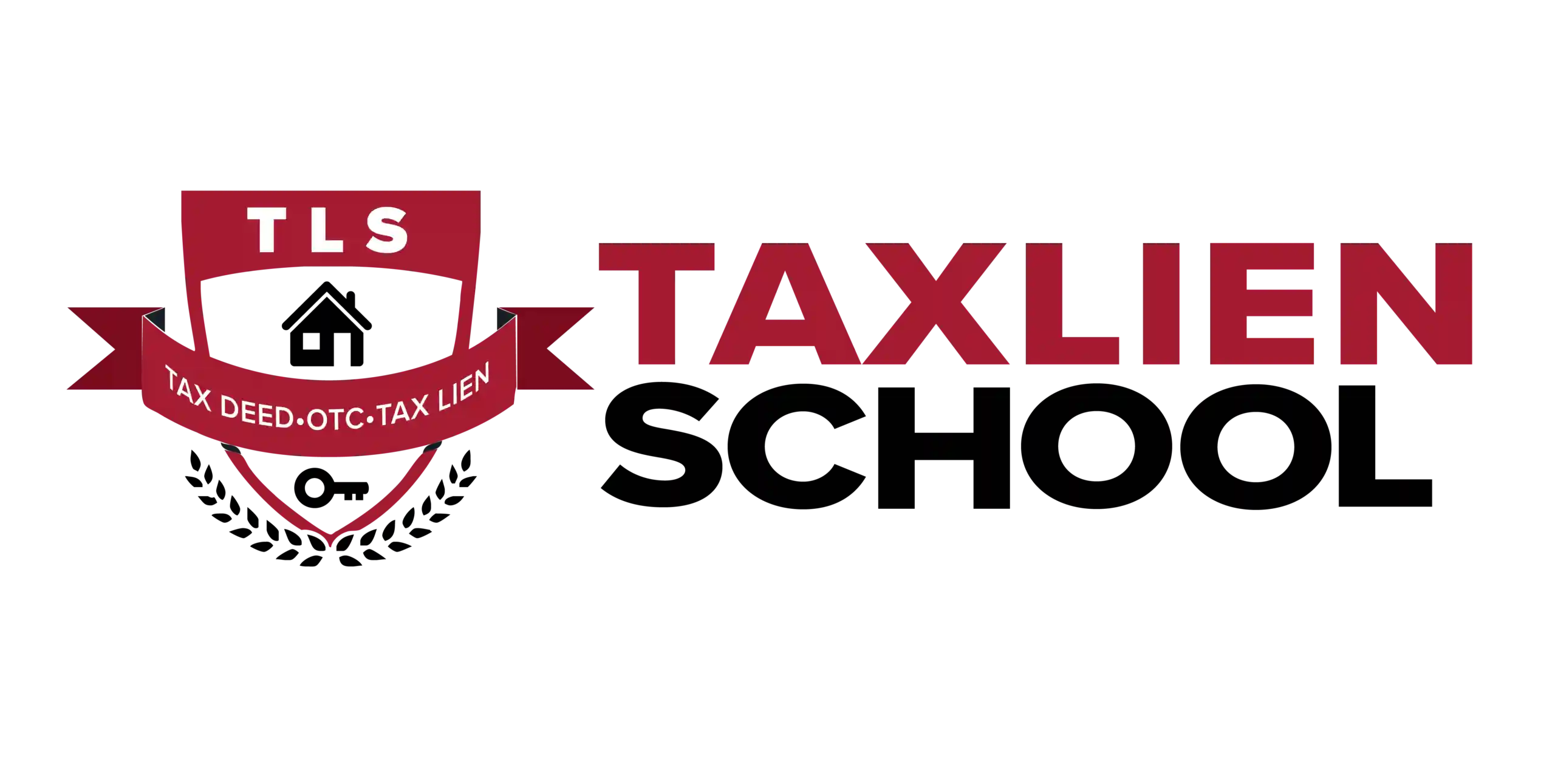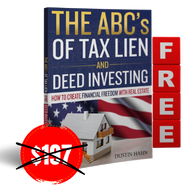Last Updated on October 23, 2025
Table of contents
Are you staring at a massive tax sale list from the county, unsure where to begin? Sorting through countless properties can feel overwhelming, but there’s a simple way to make the process manageable.
Our #1 Criteria for Narrowing Down Your Tax Sale List
In this video, we reveal the top criteria we use to pick which properties to prioritize. This proven strategy saves time and focuses your efforts on the best opportunities. Whether you’re looking at a handful of properties or hundreds, this approach works for everyone.
Here’s what you’ll learn:
Optimizing Your Driving Route: Select properties that are worth visiting in person, cutting down on wasted time.
Spotting High-Potential Properties: Focus on properties that align with your goals and budget.
Avoiding Common Pitfalls: Learn which properties to skip, saving yourself from unnecessary headaches.
How to Create a Tax Sale Driving List
Facing a county’s tax sale list can be intimidating. It may include dozens or even hundreds of properties that owe taxes. This guide shows you how to turn that long list into a manageable driving route. By following the steps below, you can focus on the best opportunities, avoid costly mistakes and gain confidence in tax deed investing.
Why do you need a driving list?
A tax sale driving list is a targeted set of properties you choose to inspect before a tax deed or lien auction. Counties publish large lists of delinquent properties, but not all of them are worth your time. By building a driving list, you:
- Save time and fuel by only visiting properties that fit your goals.
- Spot hidden problems that are not obvious in online records.
- Create a plan that matches your budget and risk tolerance.
The process works for both beginners and experienced investors and can be adapted to any budget. Even if you are not ready for big deals yet, working through these steps will build your skills and confidence for future auctions.
Step‑by‑step guide to create your tax sale list
1. Gather the county tax sale list and research
Start by downloading the auction list from your county’s website. Look up each property’s assessed value, type (lot, single‑family home, commercial, etc.) and location. Also, check the redemption period in your state.
For example, in Florida, the tax lien holder must wait at least two years before applying for a tax deed. In Texas, the redemption period after a tax foreclosure is two years for homestead properties and six months for non‑residential properties. Knowing how long owners can redeem will help you plan your holding time and return.
Tip: Use the county’s property records or GIS mapping tools to plot addresses so you can “drive for dollars.” Building this list is the first step toward finding good deals.
2. Set a realistic budget
Decide how much you are willing to spend. Higher‑priced properties (over $40,000) often have fewer repairs and legal issues, while lower‑priced lots come with higher risk but smaller bids. Don’t forget to include auction fees and redemption costs. Matching your selection to your budget prevents you from overcommitting and helps you stick to properties you can comfortably afford.
3. Filter out low‑value or risky properties
Not every property on the list deserves your attention. Avoid very low‑value homes (often under $40,000) unless you are prepared for major repairs. Check for additional liens or code violations and verify that taxes are the only problem. Look for properties with low opening bids but high market value. These “high‑potential deals” offer better returns when you sell or rent the property.
4. Plan and optimize your driving route
Group your chosen properties by neighbourhood or zip code and use mapping software to chart the best route. Visiting in person reveals issues that online research misses. You might discover a hidden easement, an unpaved road or a boarded‑up house that changes your bidding strategy. Planning your route ensures you spend less time on the road and more time evaluating properties.
5. Inspect the properties
When you arrive, observe the outside. Look for structural problems, roof damage, signs of vandalism or major repairs. Check the surrounding neighbourhood for ease of access, nearby amenities and market demand. Take photos and notes. This is not an interior inspection; you don’t own the property yet, so stay in public areas and respect privacy.
6. Finalize your tax sale list and prepare for the auction
After your drive, compare your observations with your budget. Remove properties that show serious issues or don’t match your goals. Keep those that offer the best spread between the opening bid and the market value. Organize the remaining addresses into your final driving list and note the auction date, deposit requirements and payment methods. Many counties require certified funds or a deposit to bid.
Common mistakes to avoid
- Chasing very cheap properties:
Low starting bids can hide big problems. Properties under $40,000 often need costly repairs.
- Ignoring redemption periods:
Some states allow former owners to redeem for months or years. Always know the rules where you buy.
- Skipping on‑site visits:
Online photos may be outdated or misleading. Visiting in person helps you spot red flags.
- Overbidding:
Set a maximum bid and stick to it. Don’t let competition push you beyond your budget.
- Neglecting additional liens:
Government liens and judgments may survive a tax deed sale. Check local records for any encumbrances.
Table: Steps and considerations
| Step | Key actions | Reminder |
| Gather list | Download county list, research assessed values and zoning | Note redemption periods (FL = ≥2 yrs; TX = 2 yrs homestead, 6 mo non‑residential) |
| Set budget | Choose price range and include fees | Don’t chase deals beyond your comfort level |
| Filter | Remove low‑value and heavily damaged properties | Check for extra liens and code issues |
| Route plan | Group addresses and map your trip | Driving reveals hidden problems |
| Inspect | Observe condition, neighborhood and access | Document notes and take photos |
| Finalize | Keep the best prospects and prepare to bid | Follow county bidding rules |
Frequently asked questions
A driving list is a short list of properties you plan to inspect before bidding at a tax lien or tax deed auction. It helps you focus on properties that suit your budget and goals rather than blindly bidding on the full county list.
Most counties publish delinquent tax lists on their treasurer’s or clerk’s website. You can also check local newspapers or official auction platforms. Some states sell tax liens first and later hold a tax deed sale.
Online research doesn’t show everything. An on‑site visit can reveal structural issues, location problems or other red flags that affect your profit potential. It also helps you confirm the property actually exists and is accessible.
Most counties require certified funds or a deposit before you can bid. Check the auction website for specific payment rules. You should also factor in any buyer’s premium or transfer fees.
Yes, investors often buy outside their home state. However, each state has different auction processes, redemption periods and penalties. Learn the rules and consider working with a local title company or attorney.
Final thoughts
Creating a tax sale driving list transforms a massive county list into a focused plan. Start by researching and plotting properties, set a budget, weed out risky deals, plan your route and inspect the best prospects. By following these steps, you will save time, reduce stress and improve your chances of buying profitable tax deed properties. Remember that success comes from preparation and discipline: choose properties carefully, respect redemption periods, and avoid overpaying. With practice, your driving list will become a powerful tool for building wealth through tax sale investing.
Share Your Thoughts with Us
We’re always refining our content to help you succeed. If you like the new format of our videos, let us know! Your feedback helps us tailor tips and strategies to your needs. Shoot me an email or book a call with us.
Talk soon,
Dustin






